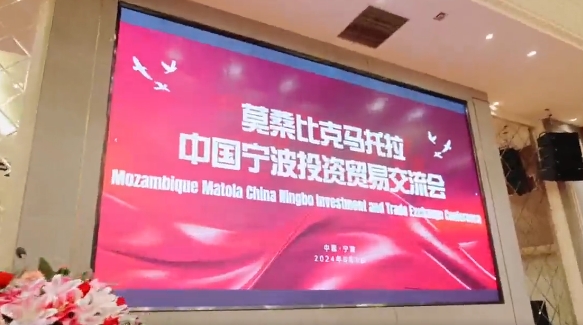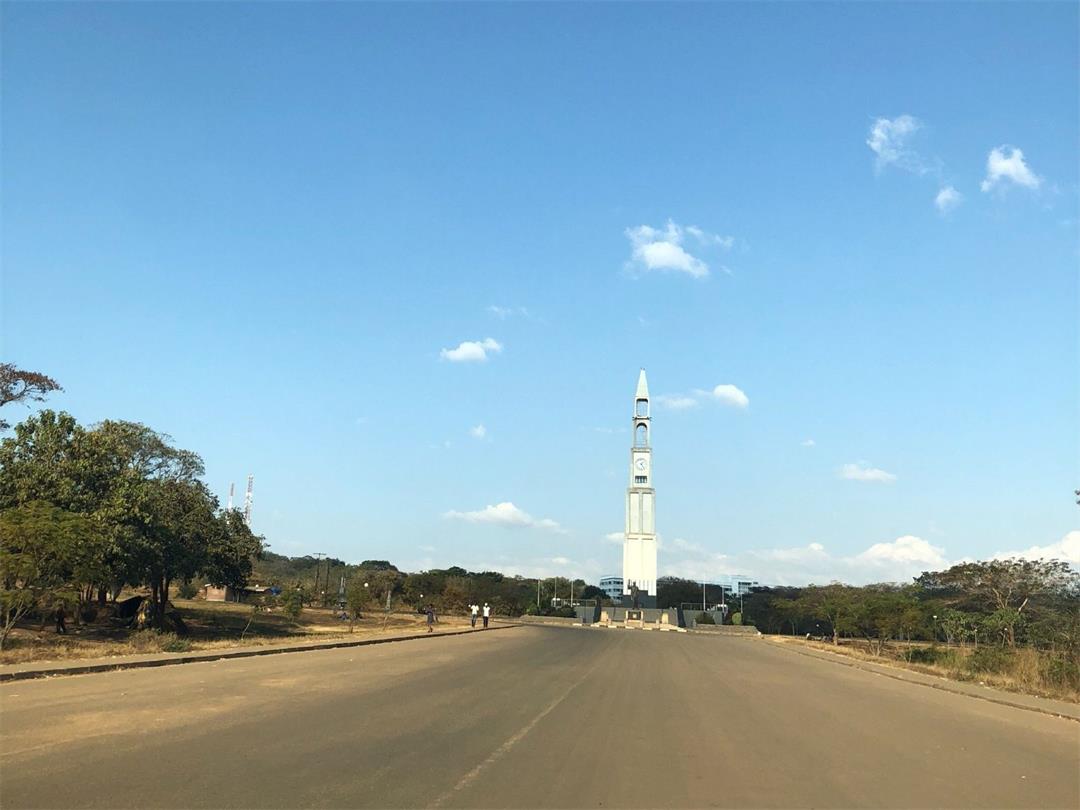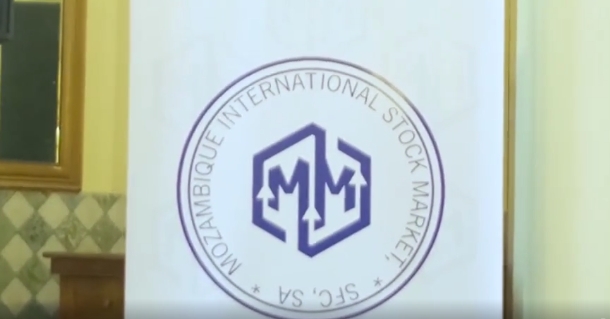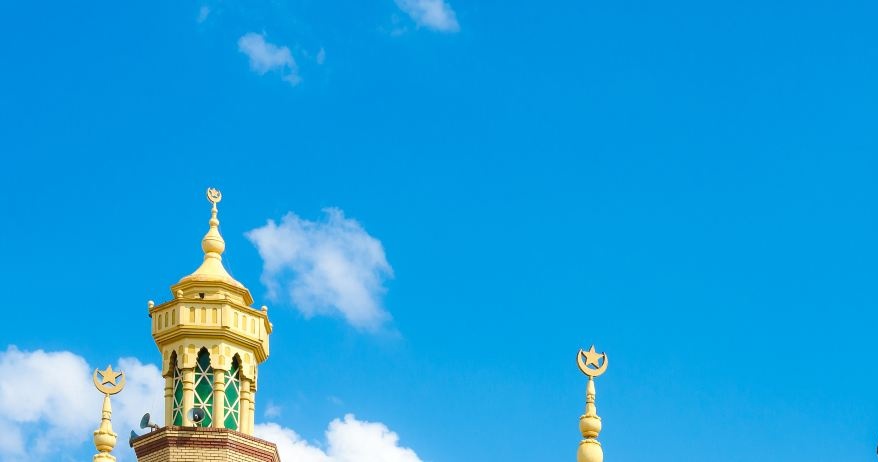Mozambique and Malawi A Twin-City Story and an Opportunity Corridor on the African Investment Map
On the dynamic and challenging investment map of Africa, Mozambique and Malawi, this pair of neighboring countries, are like a captivating "tale of two cities". They share a long border line, but their economic structures and development paths demonstrate distinct complementarity and potential for synergy. For investors seeking Africa's next growth hotspot, a deep understanding of the unique endowments and interlinked opportunities of these two countries is the key to successful investment.
I. Mozambique: The Rise of a Resource Treasure Trove and Regional Gateway
Economic Pulse: In recent years, Mozambique's economy has shown a recovery trend. The World Bank predicts that its GDP growth rate is expected to reach 5.5% in 2025. The driving forces mainly come from the advancement of large-scale liquefied natural gas (LNG) projects, the acceleration of infrastructure construction, and the continuous development of the agricultural sector. Although the per capita GDP is still at a relatively low level (about 500 US dollars), its vast resource wealth and unique geographical location have laid the foundation for its long-term growth.
Core investment highlights: Energy giant (LNG), the northern Ruvuma Basin holds over 100 trillion cubic feet of natural gas reserves, making it an important new star in the global LNG market. The "Mozambique LNG" project led by TotalEnergies (with an initial investment of over 20 billion US dollars) is steadily restarting after facing safety challenges. The Coral Sul FLNG project led by Eni Group was successfully put into operation in 2022. This will not only bring about huge direct investment, but also strongly drive the related industries (ports, logistics, supporting services) and local procurement demands. The fertile agricultural soil, abundant water resources (such as the Zambezi River), vast arable land (about 36 million hectares, with a utilization rate of less than 20%) and tropical climate have nurtured huge agricultural potential. Investment opportunities cover high-value tropical crops (cashew nuts, sugarcane, tropical fruits), food cultivation (corn, rice), animal husbandry, and the development of irrigation infrastructure. There is huge space for value chain integration (processing, cold chain, export). As an infrastructure hub, Mozambique boasts a 2,500-kilometer-long Indian Ocean coastline and natural deep-water ports such as Maputo, Beira and Nacala. It is a crucial maritime passage for landlocked countries in southern Africa (Zimbabwe, Zambia, Malawi and Botswana). Investment is focused on the modernization and expansion of ports (such as the Nacala Corridor), the restoration and upgrading of railway networks (connecting inland areas), the improvement of road networks, and energy transmission infrastructure (especially in coordination with the development of gas fields in the north). New stars in tourism, with their pristine and pure beaches (such as the Bazaruto Islands), rich Marine life, unique cultural and wildlife resources (Niasa Reserve, etc.), constitute their appeal. The development of high-end seaside resorts, eco-tourism projects and the improvement of tourism reception facilities (hotels, transportation) are the main investment directions.
Challenges and Risks: The security situation in the north. Although the Islamic extremist rebellion in Cabo Delgado Province has been contained, it remains a major risk factor, directly affecting the full resumption and operational safety of the LNG project in the north. Governance and corruption, government efficiency, policy transparency and corruption issues remain the main pain points in the business environment (ranked 138th in the World Bank's 2020 Doing Business ranking). Debt pressure, the heavy burden of public debt accumulated in the early stage, restricts fiscal space, and the financing of some infrastructure projects is facing challenges. Macroeconomic fluctuations, exchange rate fluctuations and inflationary pressure need to be continuously monitored.
Ii. Malawi: Inland Heart and the Call for Green Transformation
The economic reality is that Malawi is one of the least developed countries in the world, and its economy is highly dependent on fragile rain-fed agriculture. The economy has been under pressure in recent years due to climate shocks (droughts, floods), high inflation and foreign exchange shortages. However, its young population structure, urgent development needs and abundant untapped resources (water, land, minerals) indicate the potential for transformation. The World Bank predicts that its growth in 2025 will be within the range of 2.5% to 3.5%.
Core investment highlights: The engine of agricultural transformation. Agriculture accounts for approximately 25% of GDP and employs over 80% of the workforce. Tobacco remains the main source of foreign exchange earnings for exports, but the demand for diversification is urgent. Investment opportunities lie in: the irrigation revolution, large-scale development of irrigation infrastructure (currently occupying only a very small portion of cultivated land), addressing climate change, ensuring food security, and increasing the output of cash crops. Upgrade the value chain, with a focus on investment in the processing, storage, logistics and brand building of economic crops such as tea (Malawi is an important producer), sugar, soybeans, cotton and peanuts, to increase added value. Invest in technology, introduce high-quality seeds, fertilizers, agricultural machinery and technical promotion services. The key to breaking through the energy deadlock lies in the severe power shortage (with an access rate of less than 20% and extremely unstable supply), which is one of the biggest bottlenecks restricting development. Investment opportunities are clear: Hydropower has huge development potential (estimated to exceed 1,000MW), with a focus on the cascade development of the Xile River (such as the upcoming Mranje Pumped Storage project). Solar energy and distributed energy, with their unique sunlight conditions, are highly suitable for large-scale solar power stations and off-grid/microgrid solutions (home solar systems, mini-grids). Infrastructure connects the arteries and the lifeblood of transportation. Upgrading the railways (such as the restoration of the Central Corridor Line) and roads (such as the M1 road) connecting the ports of Mozambique (Beira and Nacala) has significantly reduced the cost and time of trade logistics. Energy interconnection and access to regional power grids (such as the Mozambican-Malawi Interconnection project) is a key medium-term solution to address power shortages. The Lake Malawi Economic Circle, the third largest lake in Africa, boasts unique aquatic biodiversity (cichlid paradise). Investing in sustainable fisheries, eco-tourism (lakeside resorts, water sports) and lake area infrastructure (docks, environmental protection facilities) holds great promise.
Challenges and Risks: Extreme climate vulnerability, agriculture highly dependent on rainfall, vulnerable to drought and flood disasters, threatening food security and economic growth. The shortage of foreign exchange and the small market, the weak export foundation, and the long-term tightness of foreign exchange reserves have restricted the import capacity. The purchasing power of the domestic market is limited The infrastructure is seriously lagging behind. There is a huge gap in infrastructure such as power, transportation and water conservancy. The investment demand is urgent but financing is difficult. Governance capacity and reliance on foreign aid, the government's executive power is facing challenges, and the fiscal situation is highly dependent on unstable external assistance.
Iii. Synergy and Resonance: The Investment Logic of 1+1>2
Mozambique and Malawi are by no means isolated. Their geographical proximity has given rise to a powerful synergy: the "hinterland - gateway" symbiosis. Malawi is an important inland hinterland and user for Mozambique's ports, especially Beira and Nacala. Investing in enhancing the efficiency of transportation and logistics (railways and highways) between the two countries is a "win-win" situation for the trade and economic competitiveness of both nations. Energy complementarity: Mozambique's abundant natural gas (which can be exported for power generation in the future) and potential hydropower are the key external sources to solve Malawi's energy crisis. Regional power grid interconnection is a core investment project. The integration of agricultural resources: There is potential for the combination of Mozambique's vast land resources and Malawi's agricultural labor force and some processing capabilities to jointly develop the regional agricultural product market. Opportunities for regional integration: Both countries are part of the Southern African Development Community (SADC) and the African Continental Free Trade Area (AfCFTA). Investment layout can focus on regional markets and take advantage of the benefits of free trade agreements.
Investing in Mozambique and Malawi is by no means an easy path. Security concerns, governance challenges, infrastructure bottlenecks and climate threats form the real risk picture. However, the vast natural resources (energy, land, water), the urgently needed infrastructure, the huge demographic dividend and the irreplaceable regional hub status of the two countries jointly outline a long-term growth curve that cannot be ignored. For investors with strategic vision, risk management capabilities and sufficient patience, a deep understanding of this unique "tale of two cities" and grasping the pulse of the coordinated resonance between the two countries means occupying a value high ground full of certainty at the forefront of Africa's vigorous development. This is not only about capital returns, but also an important chapter in participating in shaping Africa's transformation era.
A total of 1 page 1 data




